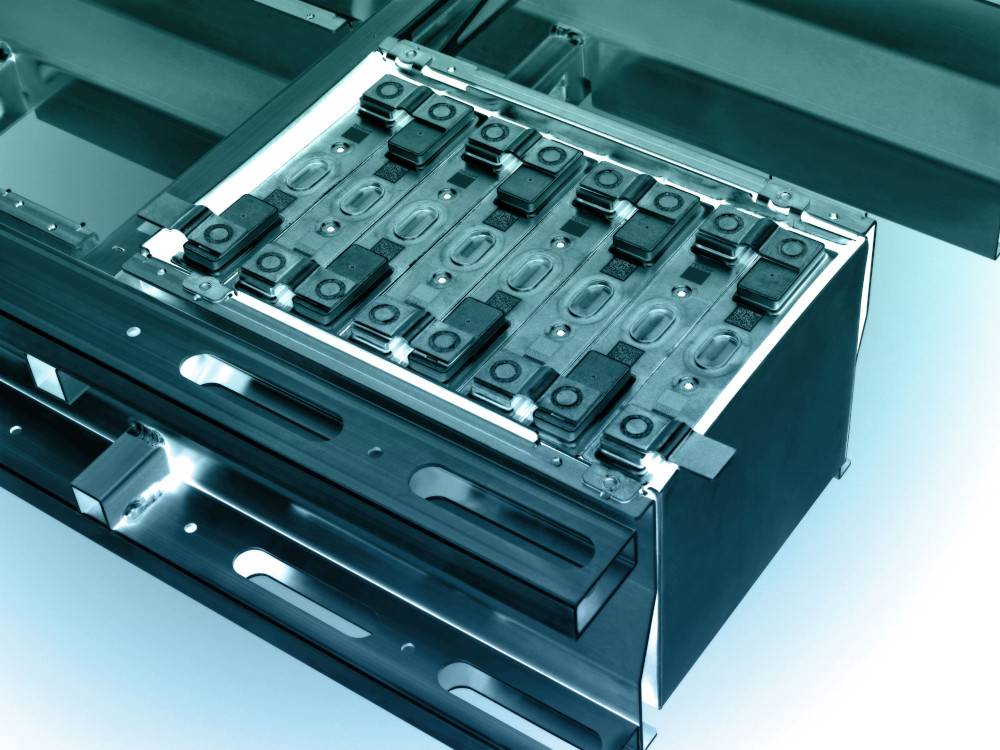
05 Mar Laser-driven X-ray sources improve battery manufacturing
In future, manufacturers of electric car batteries should be able to further improve the durability and performance of electric car batteries with compact X-ray sources. Therefore, the ‘XProLas’ development partnership was launched under the leadership of Trumpf, in which these laser-driven X-ray sources are being developed. According to the partners, the first demo systems are to be built by 2026. In future, these systems will be used to monitor the charging and discharging of batteries in real time or to determine impurities in the battery with particular precision. The findings will be incorporated into the development of new batteries, and manufacturers will be able to use the conclusions from the tests to improve the charging speed, for example.
Improved cathode material
A compact, high-brilliance X-ray source for analyzing the cathode material of electric car batteries is also to be developed as part of the project. The cathode material is of central importance for the performance and reliability of electric vehicle batteries. The exact composition can only be determined using X-rays. The compact, laser-driven variants can also replace large-scale research facilities in this field of application. Manufacturers of cathode material should be able to speed up their development work as a result.
Particle accelerator shrunk to the size of a mobile home
Until now, companies have only been able to carry out such studies on large particle accelerators over 100 meters long. Research sites at these large-scale research facilities are rare. According to the partners, the laser-driven X-ray sources will only be about the size of a caravan and therefore cheaper to manufacture. They are therefore ideal for use in industry. The laser serves as a so-called upstream beam source in the generation of X-rays. The laser pulse hits a target – a metal such as gallium, indium or tin. This creates a plasma that emits part of the energy as extremely short-wave light, for example X-rays.
Project partners
Trumpf is to contribute its expertise in the manufacture of lasers for industrial use to the partnership. The partner companies BASF and Cellforce are providing battery materials and components for the tests. Ushio Germany and Excillum will contribute their expertise in the field of beam sources. According to the project partners, Bruker and Viscom will be responsible for building the systems. Other partners include Amphos and Active Fiber Systems. On the academic side, the University of Hanover and the Fraunhofer Institutes in Aachen and Jena are involved. The research budget amounts to around 15 million euros. The project is funded by the German Federal Ministry of Education and Research (BMBF).
Source and image: www.trumpf.com






